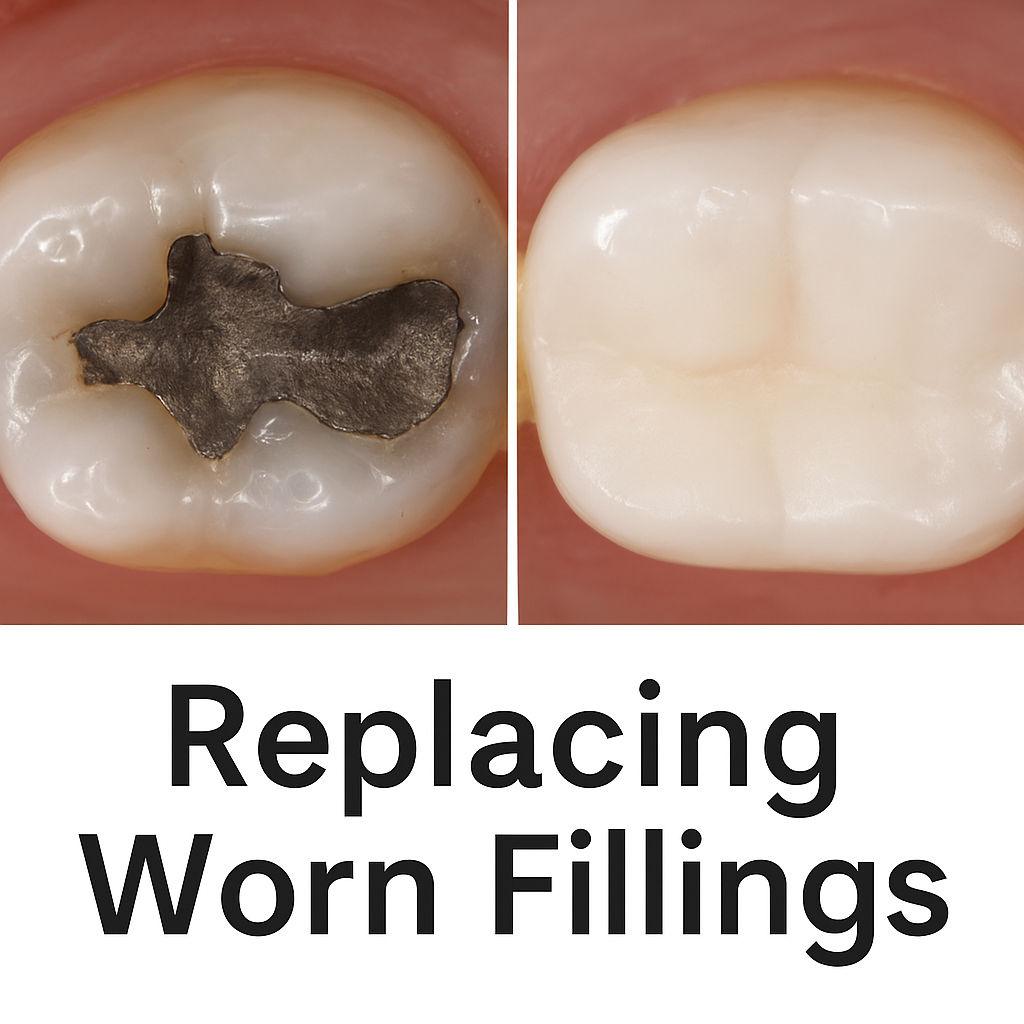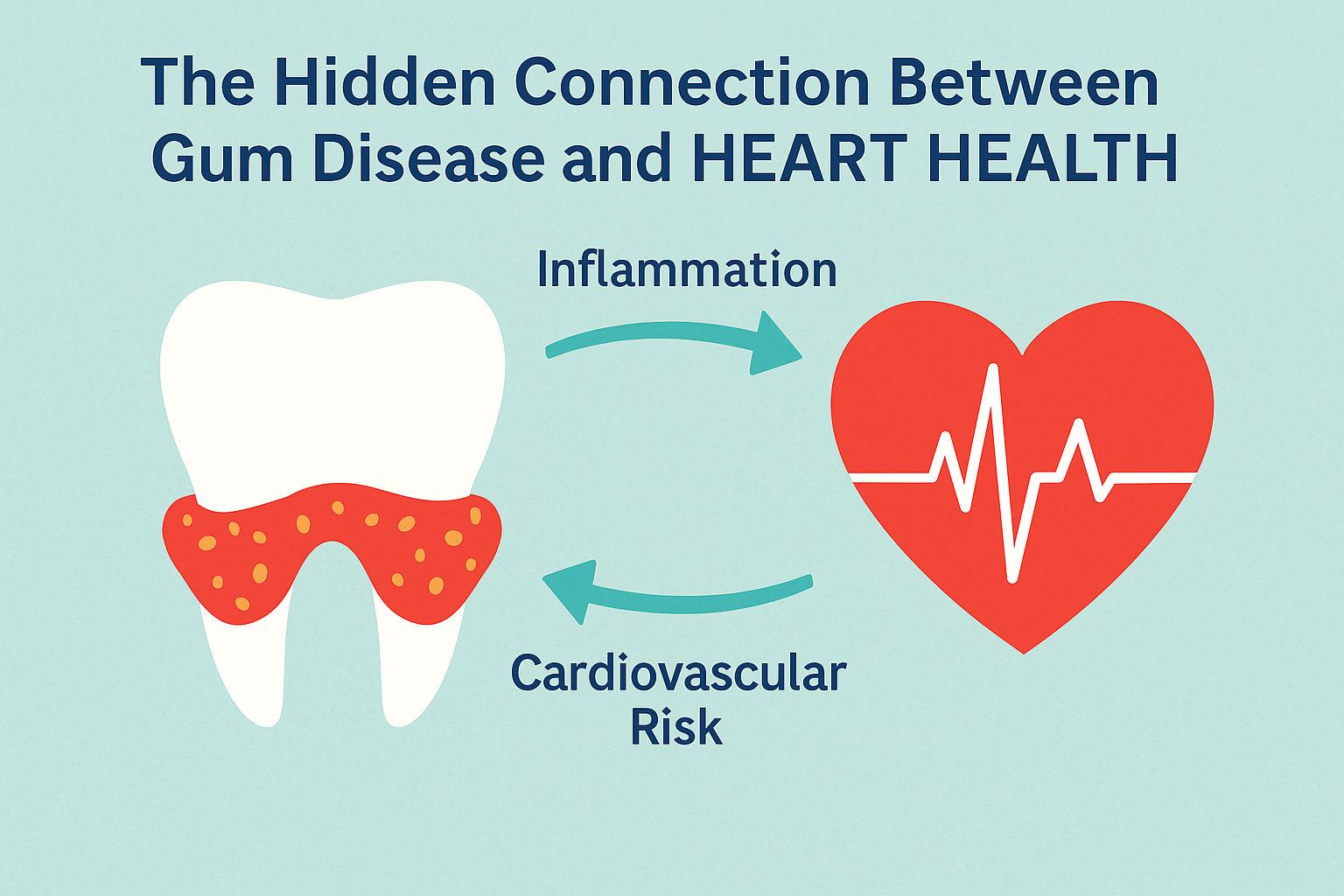Having a clean and fresh smile is a surefire way to feel more confident, and while brushing and flossing everyday will help to keep your teeth healthy; these good oral hygiene practices are not always enough to keep teeth looking white. When it comes to getting that all important winning smile, nothing is more useful than getting educated! Let’s take a look at everything you need to know about teeth whitening to ensure that you get the whitest teeth around.
Why Do Teeth Change Color?
It’s no secret that our teeth change color as we age; most of us see a duller color evolving, where others see a more yellow hue develop. Teeth often go off-color because of environmental effects such as diet, but there are other reasons for you to see a darker pigment.
Food and Drink
We all know that coffee, tea and red wine are the biggest culprits when it comes to the discoloration of our teeth and this is because they tend to have the most intense color pigments (known as chromogens) out of all of the foods that we eat. These pigments in particular attach to the white part of a tooth’s surface – the enamel – and this is why staining occurs.
Tobacco
Just as we all know the staining effects of red wine, we are well aware of the tooth-staining effects of tobacco. The reason for this effect is that there are two major chemicals found in tobacco (tar and nicotine) that create really stubborn brown and yellow stains.
Specific Medication
Not many people are aware that specific medications can stain teeth as a side effect, but it’s true that certain antipsychotic drugs, antihistamines and medications for high blood pressure can darken the color of enamel – as can infantile antibiotics like tetracycline and doxycycline and chemotherapy and specific head and neck radiation treatments, too.
Injury
When teeth experience trauma they produce more dentin to strengthen the affected area. As dentin is a darker material than surface enamel, it can cause discoloration to show through.
The Teeth Whitening Process
The process of teeth whitening is often as simple as cleaning. Using a bleaching compound of hydrogen peroxide or carbamide peroxide to lift stains off of the surface of your teeth will brighten the appearance of your smile. Whilst these bleaching agents won’t work on all types of teeth, i.e. caps, veneers, crowns, or fillings, or on discoloration that is caused by medication or injury, simple whitening toothpastes and at-home or in-office bleaching procedures are specially formulated to achieve a whiter sheen.
Side Effects
Nobody likes a side effect, especially when it comes to the sensitivity of your teeth. The peroxide within tooth-whiteners can seep through tooth enamel to the soft layer of dentin, and once here it can irritate the nerve of the tooth. While tooth sensitivity caused by whitening is not mandatory, it is only temporary for those who encounter it. The best way to avoid sensitivity is to use whitening products sparingly, or take a break from using them when problems arise.









